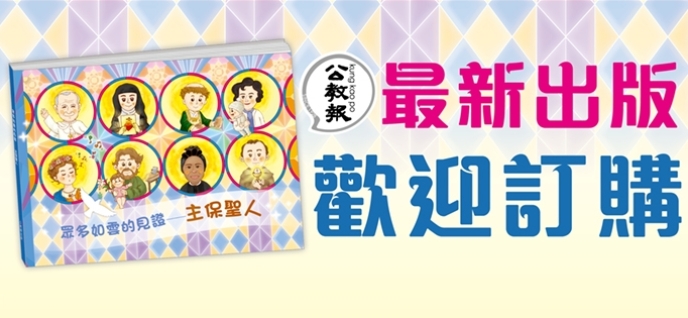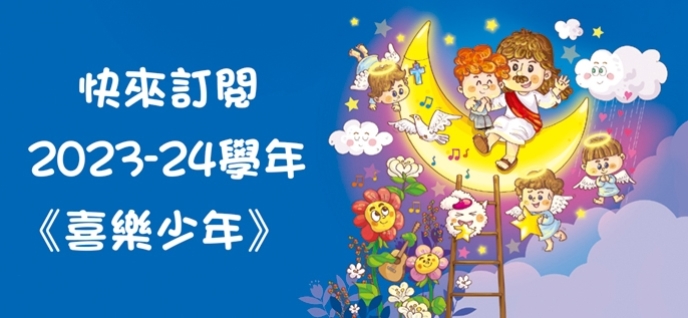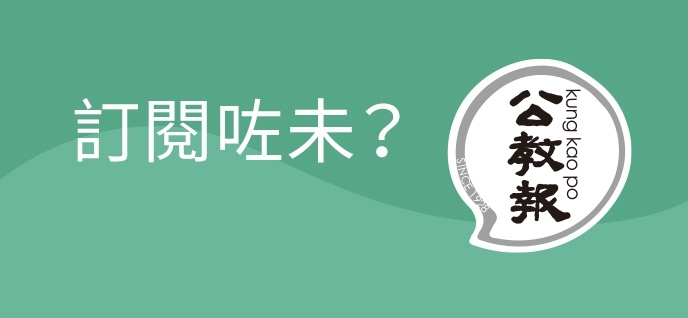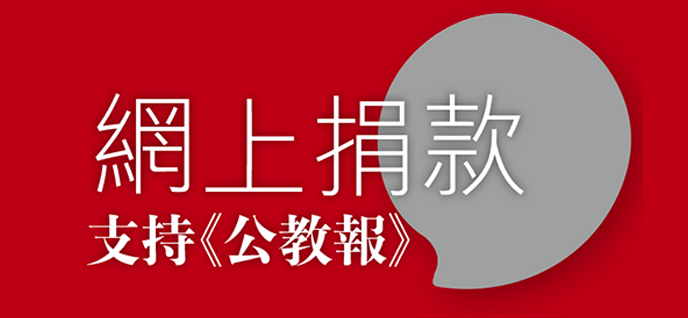
Where are we going?
Pope Benedict announced the Year of Faith to celebrate the 50th anniversary of the Second Vatican Council (梵蒂岡第二屆大公會議) and the 20th publication of the Catechism of the Catholic Church(《天主教教理》). He intends for us to take some time to examine our faith in light of both the Council and the Catechism in order for us to look ahead to where we need to go.
For most of you young people, the term “Second Vatican Council” or, even more commonly used, “Vatican II (pronounced as Vatican 2)”, has no particular meaning. Let me give you a little background.
Ever since Jesus instituted the Church 2000 years ago, the Church has encountered challenges due to changing times and cultures. These challenges require the Church to apply what Jesus taught in appropriate reasoning and terminology. The first time the Church took extra-ordinary measures to make a unified decision was recorded in the Acts of the Apostles Ch. 15. It was simply called the Council of Jerusalem. Since that time, there have been 26 ecumenical councils. Only 26. The most familiar to us would be the Council of Nicea in AD 325. Out of that Council, we have the Nicene Creed (《尼西亞信經》)that we recite at each Sunday Mass. Studying the issues of each council is really the study of the growth of the Church in her UNDERSTANDING of the teachings of Jesus. That is, in time, we get to appreciate more deeply than before, the breadth and beauty of certain teachings of Jesus.
Back to Vatican II. After World War I in 1918 and, unimaginably, followed by World War II 20 years later, the world was hurting, really hurting. Almost all countries were suffering from devastation. People questioned whether there was any future for humanity if we could cause such pain to one another. Out of this sadness, Pope John XXIII called for the bishops of the world to gather in Rome to consider how the Church and the message of Jesus could be reignited as a beacon of hope to a hurting world. It was a tremendous endeavor. Out of the meetings, which lasted four years, came 16 documents that are truly uplifting and refreshing. Three particular ones are worth mentioning: “Guadium et Spec”, “Lumen Gentium” and “Dei Verbum”. They are in Latin. When translated, they are entitled “The Church in the Modern World”, “Dogmatic Constitution on the Church” and “Dogmatic Constitution on Divine Revelation.”
It is sad that most Catholics have not read any of the documents. On the other hand, both Blessed Pope John Paul II and Pope Benedict were at the Council and have been trying to bring forth the fruits of the Council for us to grow in our faith.
And the last 50 years have not been easy for the world. You would think that after all the bloodshed of two World Wars, we should be tired of war. The fact is that countries have been waging war on each other continuously with one excuse or another. It is like siblings fighting each other nonstop while mom and dad watch in dismay that their children could hate each other so fiercely. Why can’t they just love each other as we love them?
At the bottom of all this turmoil remains the same problem: the lack of knowledge and understanding of the teachings of Jesus, even for the majority of Catholics and other Christians. It is with this concern that Pope Benedict wants us to take some time to really study our faith. It is not enough that we say we believe. Our faith must have graspable reasons and livable practicality. In the next weeks, we will explore some of our history.







